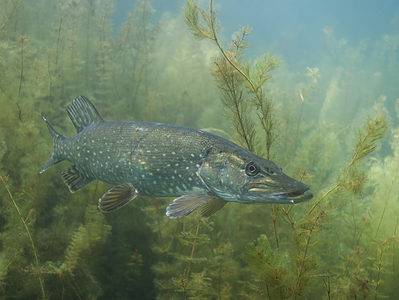A coastal Scandinavian country, Norway — officially the Kingdom of Norway — is awash in wildlife. Farms carpet the lower mainland, while high mountains, lakes, tundras, rivers, wetlands, and a sea coast cover the rest. Skerries and fjords provide additional marine ecosystems where thousands of Norway animals make their homes.
Further below, you’ll find a complete list of Norwegian animals. We currently track 248 animals in Norway and add more daily!
Norway Geography

Svalbard is home to more polar bears than people
©Vladimir Gjorgiev/Shutterstock.com
Norway is a long, thin country in Europe’s Scandinavian region. Its territory extends north of the Arctic Circle and 32 percent of the mainland sits above the treeline. Verdant agricultural lands blanket the southern mainland, and the Scandinavian Mountains run up the nation’s spine.
Svalbard, an archipelago midway between Norway and the North Pole in the Arctic Ocean, is also part of Norway. First used as a whaling base in the 1600s and 1700s, it’s an important breeding ground for seabirds, and more polar bears live on the islands than people. A conservation haven, Svalbard has seven national parks, 23 nature preserves, and 60 percent is covered in glaciers.
Norway’s Animals
Though the number is constantly in flux since scientists make new discoveries yearly, about 21,311 species spend time in Norway. Some live in the Scandinavian country year round; others come for the summer.
Norway Species Breakdown
- Birds: 526
- Insects: 16,000
- Fresh-water Fish: 45
- Fresh-water Invertebrates: 1,000
- Mammals: 90
- Marine Fish: 150
- Marine Invertebrates: 3,500
Norway Animals: Avifauna
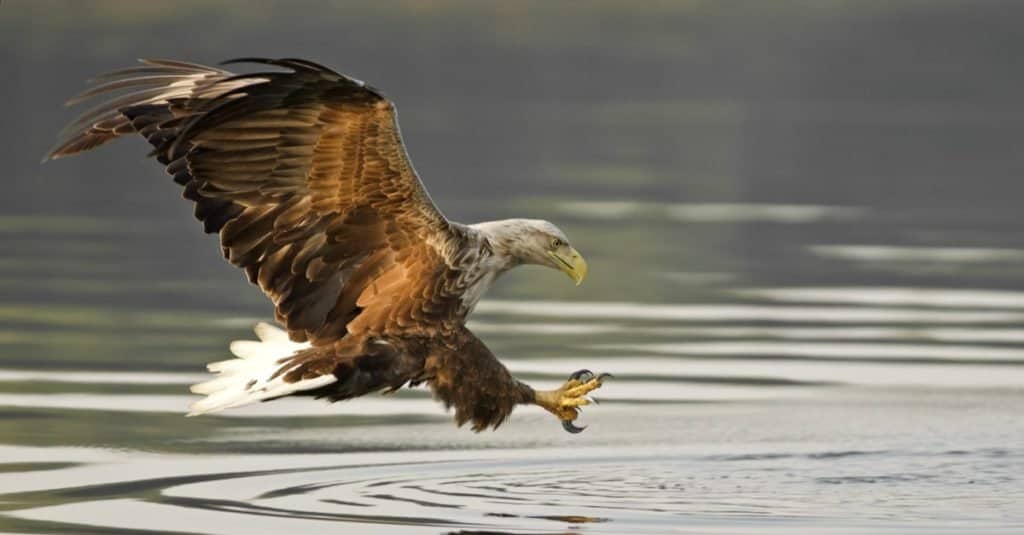
White-tailed eagles almost went extinct in the 19th century
©Jerry Bouwmeester/Shutterstock.com
According to the last count of the Norwegian Ornithological Society, 525 avifauna species — aka bird species — whizz through Norway’s friendly skies. Additionally, eBird added one more to the list in 2018, making the current number 526. Many birds only spend the summer months in Norway and head to southern Europe and North Africa for the winter.
Of the 526 bird species in Norway, 244 are accidental and four were introduced by humans, including the Mandarin duck.
One of Norway’s standout birds is the Atlantic puffin. With their long, colorful beaks and clownish faces, the distinct birds look like they came from the mind of Barry Leighton-Jones. To catch a glimpse, head to Vesteralen between early June and mid August when 300,000 of them flock for breeding season.
Norway is also home to the white-tailed eagle, which almost went extinct in the 1800s. But thanks to successful conservation efforts, the majestic bird has made a comeback. Today, the best place to see them is the Gjesvaestappen Nature Reserve.
A Nod to Brigadier Sir Nils Olav III: Decorated Military Penguin
Nils Olav is a distinguished member of the Norwegian King’s Guard — and he’s a penguin!
In 1972, to commemorate the first successful South Pole expedition led by a Norwegian, the country’s King’s Guard adopted a King Penguin from the Edinburgh Zoo and named him Nils Olav. At first, the flightless bird held the rank of lance corporal. Since then, Nils Olav — of which there have been three to date — has climbed the ranks. Today, his official title is Brigadier Sir Nils Olav III!
Norway Animals: Mammals
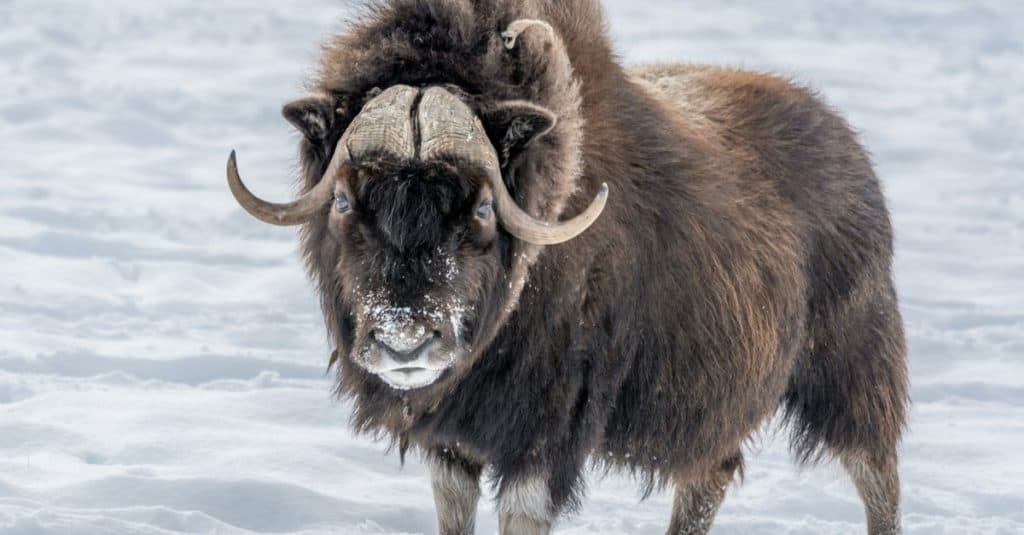
Muskox are known to give off a potent pungent odor during mating season
©Fitawoman/Shutterstock.com
Norway is filled with large, hooved mammals like moose and deer, as well as elk — or “elg” as it is referred to in Norwegian.
Muskox are also plentiful in northern regions, and if you happen upon the cloven ungulates, with their long, shaggy coats and stubby horns, you’ll better understand why they’re known as “ugly moose.” People with sensitive noses should stay away from muskox during mating season when males emit a pungent pheromone to attract the ladies. The stench may smell divine to female muskox, but a lot of humans find the odor overpowering.
Reindeer are also native to Norway. Some live domesticated lives in Sami villages; other populations roam wild in Randone and Hardangervidda National Parks.
Eurasian lynxes, with their spike tufts of ear hair, are the only big cats in Norway.
Other Common Mammals in Norway
- Shrews
- Bats
- European Hedgehog
- European Rabbit
- European and Mountain Hares
- Beaver
- Red Squirrel
- Brown Bear
- Badger
- Weasels
- Ermines
- Wolves
- Wolverines
- Foxes
Norway Animals: Marine Mammals

Norway is home to six seal species
©Colin Seddon/Shutterstock.com
Scores of large marine mammals make their homes in Norway’s oceans. Six seal species and 30 whale ones — including white, beaked, sperm, and baleen — can be spotted off the Norwegian coast. Dolphins and porpoise are also plentiful in the region.
When is the best time to go whale watching in Norway? Between late May and mid September.
Norway Animals: Reptiles and Amphibians
Being so far north, Norway isn’t filled with reptiles and amphibians — but it does have some. Six terrestrial reptile and six amphibian species reside within Norway’s borders. From time to time, leatherback sea turtles, the largest extant turtles, hoist themselves onto coastal beaches, and loggerhead sea turtles, which can weigh up to 1,000 pounds — occasionally waddle onto shore.
Northern crested newts, which resemble mini stegosauruses during mating season, can also be found in Norway.
Endangered Animals in Norway

The Norwegian Red List details 2,355 Critically Endangered, Endangered, and Vulnerable species, in addition to 1,235 listed as Near Threatened, including:
- Arctic Fox
- Eurasian Otter
- Pool Frogs
- Lesser White-Fronted Goose
- Atlantic Puffin
- Steppe Eagle
Global warming and habitat destruction are the two biggest threats for Norway’s endangered animals.
National Animal of Norway
Officially, Norway has several national animals.
- The moose is the main national animal of Norway.
- The lion is Norway’s national royal animal. Denmark’s current ruling family is the House of Glücksburg, and Harald V is the current king.
- White-throated dippers are the country’s national bird.
- Fjord horses are the nation’s national horse.
The Largest Animal in Norway
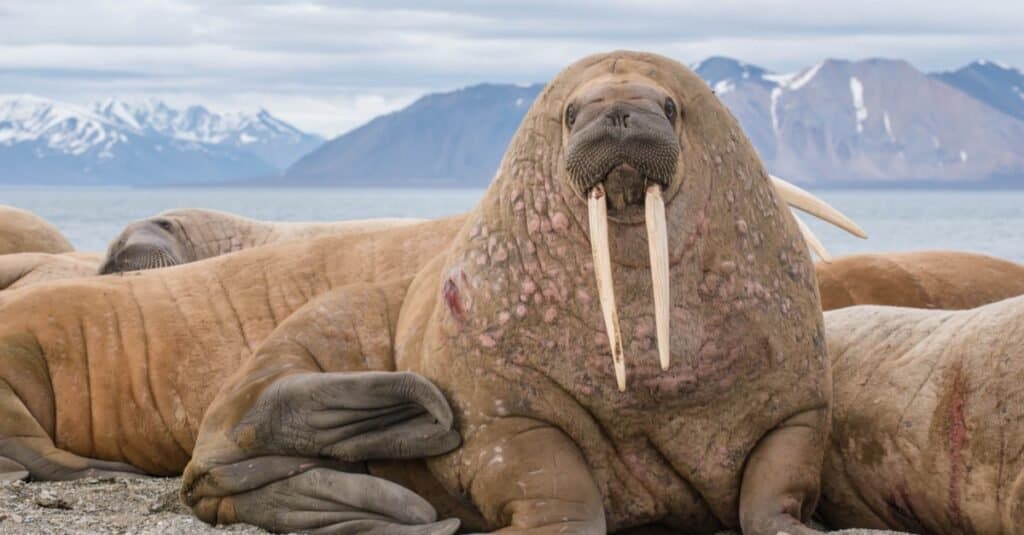
Walruses are one of the largest pinniped species with the exception of
elephant
seals
©Mikhail Cheremkin/Shutterstock.com
The largest animal in Norway is the walrus (Odobenus rosmarus), a variety of pinniped which is known for the tusks which enable it to heft its weight on the sea ice. Capable of tipping the scales at a whopping 4,400 lbs, walruses are pretty much the largest seals in existence. The sole exceptions are elephant seals, their only relatives capable of relegating them to the background in the size stakes. (The latter are capable of reaching 11,000 lbs in weight.)
The story of Norway’s walruses is one of a spectacular comeback. Especially since their population experienced a steep decline as a result of three centuries of continuous hunting for their tusks. They became a protected species and hunting them was prohibited. By 2006, they numbered 2,629. Twelve years later in 2018, that number had more than doubled to 5,503.
The nation’s walruses can be found in the Svalbard archipelago where they spend their spare time hanging out with each other and searching the water for clams with their sensitive whiskers.
The Rarest Animal in Norway

Several generations of Arctic foxes live in their extensive network of dens which face the sun to provide additional warmth to its occupants
©Marcel Burkhard / Creative Commons – License
The Arctic fox is one of Norway’s rarest animals. Also known as Vulpes lagopus, it is recognizable by its snowy white coat and golden eyes with dark irises and is commonly found in Børgefjell, Longyearbyern in Svalbard, and Saltfjellet-Svartisen National Parks.
An omnivore, this wild canid enjoys a varied diet of berries, fish, insects, lemmings, seabirds, seal pups, and seaweed. The Arctic fox pays special attention to the issue of shelter and builds extensive burrows capable of extending as far as 11,000 square feet, which several generations of pale-furred canids get to live in.
About 50 breeding adults were found to live in Norway in 2015, a number which had increased to 300 in less than a decade, by 2021. However, it is worth noting that several hundred thousand of these snowy foxes exist elsewhere with their population being considered stable.
What Dangerous Animals Are in Norway?
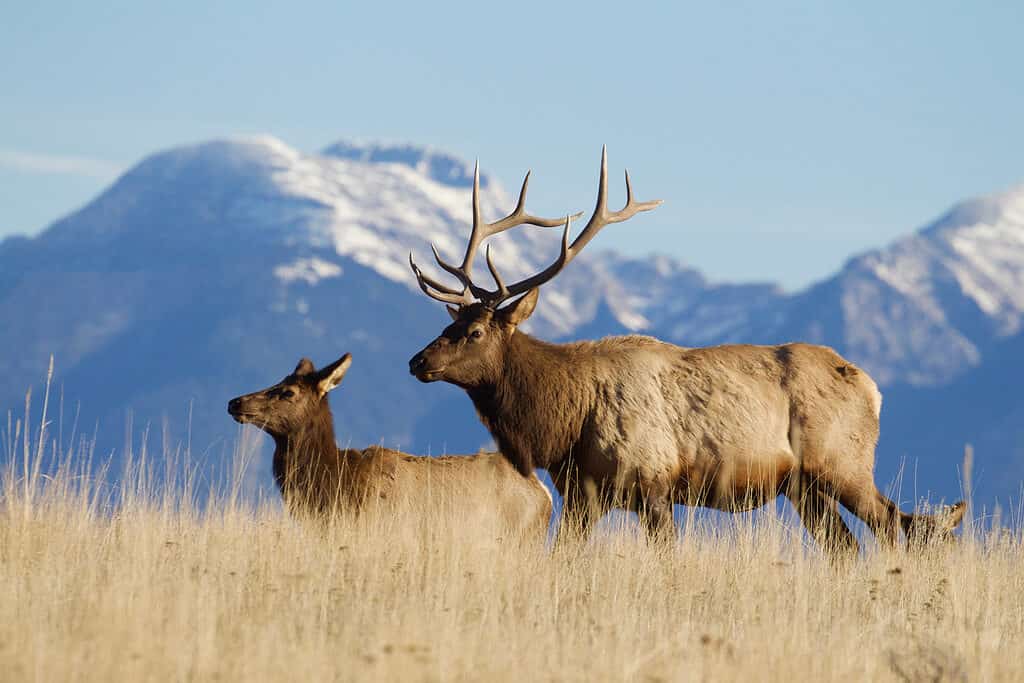
The large size of elk and their antlers can make them very dangerous indeed
©Tom Reichner/Shutterstock.com
Unlike Australia, which has venomous animals everywhere, there are few dangerous animals in Norway. That said, the country’s large mammals — like moose and elk — are capable of doing severe damage by ramming targets if provoked.
Polar bears are also dangerous. The apex predators can outrun humans and behead us with a single swipe of their lethal paws! In the Norwegian territory of Svalbard, polar bears are such a common sight that anyone traveling outside of settlements is required to have appropriate means of frightening polar bears. The government recommends carrying a firearm.
Are there Mountain Lions in Norway?
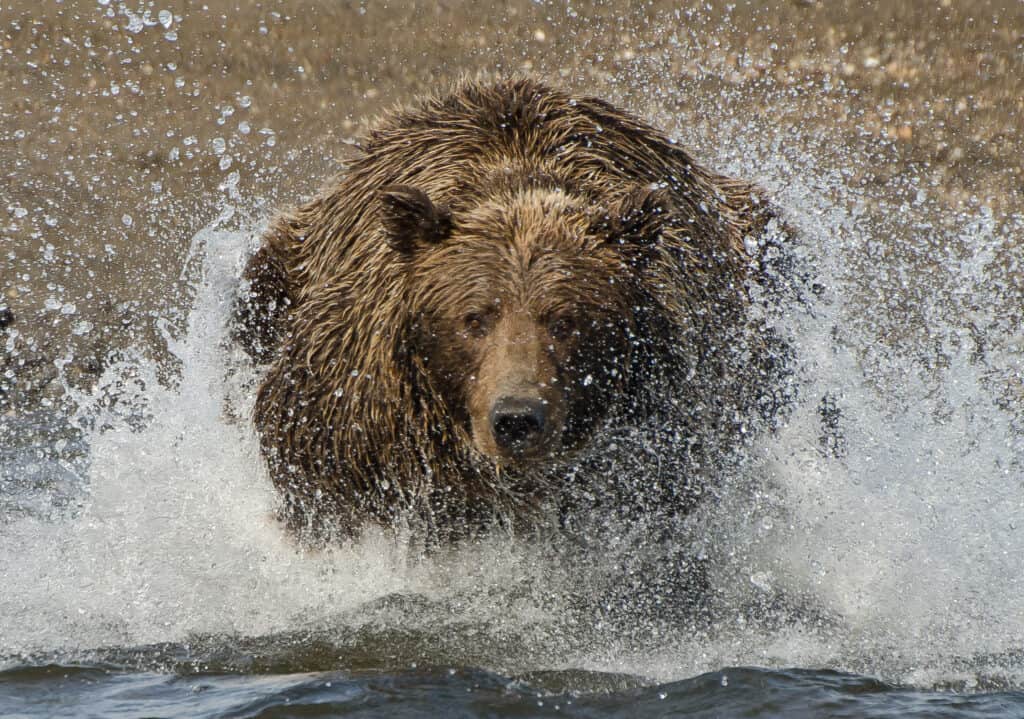
Norway has large predators such as brown bears but no mountain lions as they are only found in the Americas
©David Rasmus/Shutterstock.com
A common question from travelers is whether mountain lions are in Norway. Mountain lions do not live in Norway as they’re found exclusively in the Americas. There they live in about 28 countries and have a global population of about 50,000. The states in North America with the largest populations found include Arizona, California, and Colorado.
Norway does have some large predators, such as brown bears, lynxes, and wolverines. The wolf population of Norway is estimated at about 100 wolves and lives along the Swedish border and in designated zones in the southeast of the country.
Norway Animals FAQ
Yes. Recognized wildlife predators live in Norway, including brown bears, polar bears, Eurasian lynxes, wolverines — which can take down animals twice its size — and wolves.
Yes. There are two types of venomous snakes in Norway: the common European viper and the adder.
Yes! Norwegian people are big into moose meat, and they love moose burgers!
Trees in Norway
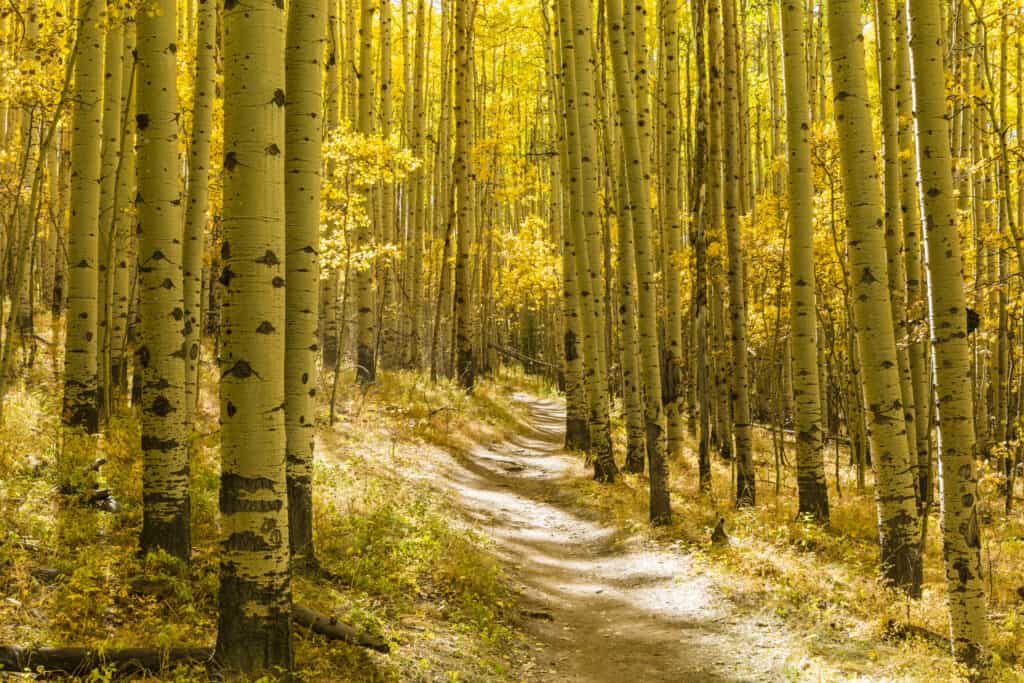
The European aspen is one of the most common trees in Norway
©iStock.com/lightphoto
Norway is home to a vast array of trees. In fact, 38% of the country is covered in forest! These species include the European aspen, the common hazel, and the massive European oak, which is also called the “thunderstorm tree.” The Scots pine, also known as the Baltic pine, can grow in rugged areas that other plants can’t tolerate. Trees like the downy birch and the Norway spruce offer food for the country’s moths and caterpillars, while the mountain ash provides berries for birds.
Spectacular Fish Found in Norway

Cod is Norway’s most abundant fish species
©Miroslav Halama/Shutterstock.com
Norway is surrounded by 18,000 miles of coastline and is home to numerous fjords, lakes, rivers, and streams. Hence, the rich marine biodiversity of this angler’s paradise comes as no surprise. Saltwater fish species include Cod, Haddock, Halibut, Mackerel, and Pollock.
Freshwater fish species on the other hand include Atlantic Salmon, Arctic Char, Burbot, Brown Trout, Common Bream, Common Whitefish, European Grayling, European Perch, Northern Pike, and Silver Bream.
The most abundant species is cod of which especially large specimens can be caught at Finnmark and Troms. There is also a Cod Fishing World Championship held each March at Lofoten. It is also possible to go deep-sea fishing at locations such as Lyngen fjord.
Flag of Norway

The Norwegian flag is inspired by the flag of Denmark as well as countries such as France and North America
©Tatohra/Shutterstock.com
The flag of Norway has a red field and features a Scandinavian cross in blue bordered with white. It was based on the flag of Denmark which is red with a white cross. The addition of the blue represents Sweden, a country Norway had a union with at the time their flag was designed.
The colors of the Norwegian flag represent freedom and independence, ideals believed to be espoused by nations such as France, North America, the Netherlands, and the United Kingdom. The flag itself was designed by Fredrik Meltzer, a member of the Norwegian parliament and a businessman from a merchant family with German origins.
National Flower of Norway
Norway’s endemic plant species grow in forests, wetland plains, and bogs. Among these species is the national flower of Norway: the pyramidal saxifrage. The history of the pyramidal saxifrage as the national flower of Norway dates back to the year 1935. At this time, an international botanical congress gathered in Amsterdam. This group chose pyramidal saxifrage as a symbol of the Norwegian people due to its ability to thrive in harsh mountain environments. However, this was not a government decision. The government has never officially chosen a national flower.
National Parks in Norway

Norway’s wildlife refuges contain impressive levels of biodiversity
©Vladimir Melnikov/Shutterstock.com
Norway’s scenic beauty is unmatched. You will find snow-capped mountains, magical skies, misty waterfalls, and fantastic fjords within its boundaries.
Some of the most popular include:
- Ånderdalen National Park: Established in 1970, this national park is home to hares, red foxes, seals, shrews, and stoats. It is situated on Senja, a large island in Norway’s northernmost province Troms og Finnmark.
- Indre Wijdefjorden National Park: Located in Spitsbergen on Svalbard’s largest island, this wildlife refuge includes the inner portion of the Wijdefjorden, the nation’s largest fjord. Wildlife species which can be found here include Arctic foxes, pink-footed geese, polar bears, and Svalbard reindeer.
And one of the best ways to experience this majestic land is by visiting the ten most beautiful national parks in Norway.
Norwegian Animals

Admiral Butterfly
Stunningly beautiful wings
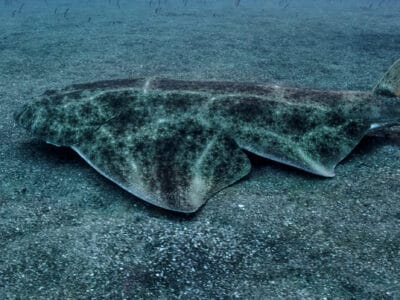
Angelshark
The angelshark’s range has contracted by more than 80% in the past century.

Ant
First evolved 100 million years ago!
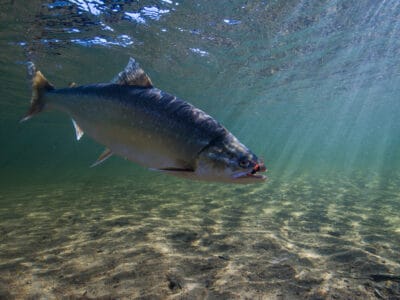
Arctic Char
Arctic char is the northern-most fish; no other fish lives anywhere further north!
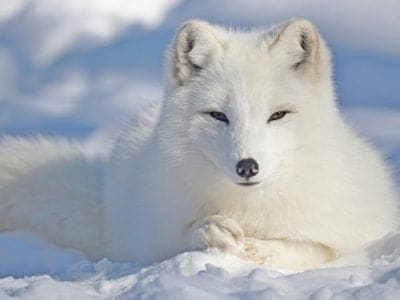
Arctic Fox
Extremely thick winter fur!

Armyworm
They are so named because they "march" in armies of worms from one crop to another in search of food
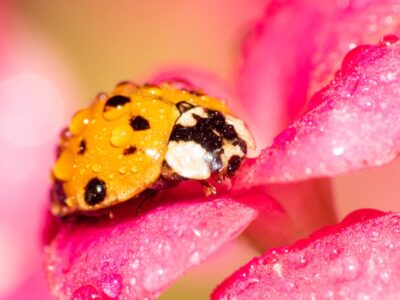
Asian Lady Beetle
Asian lady beetles infest indoor spaces, but they do not reproduce indoors.
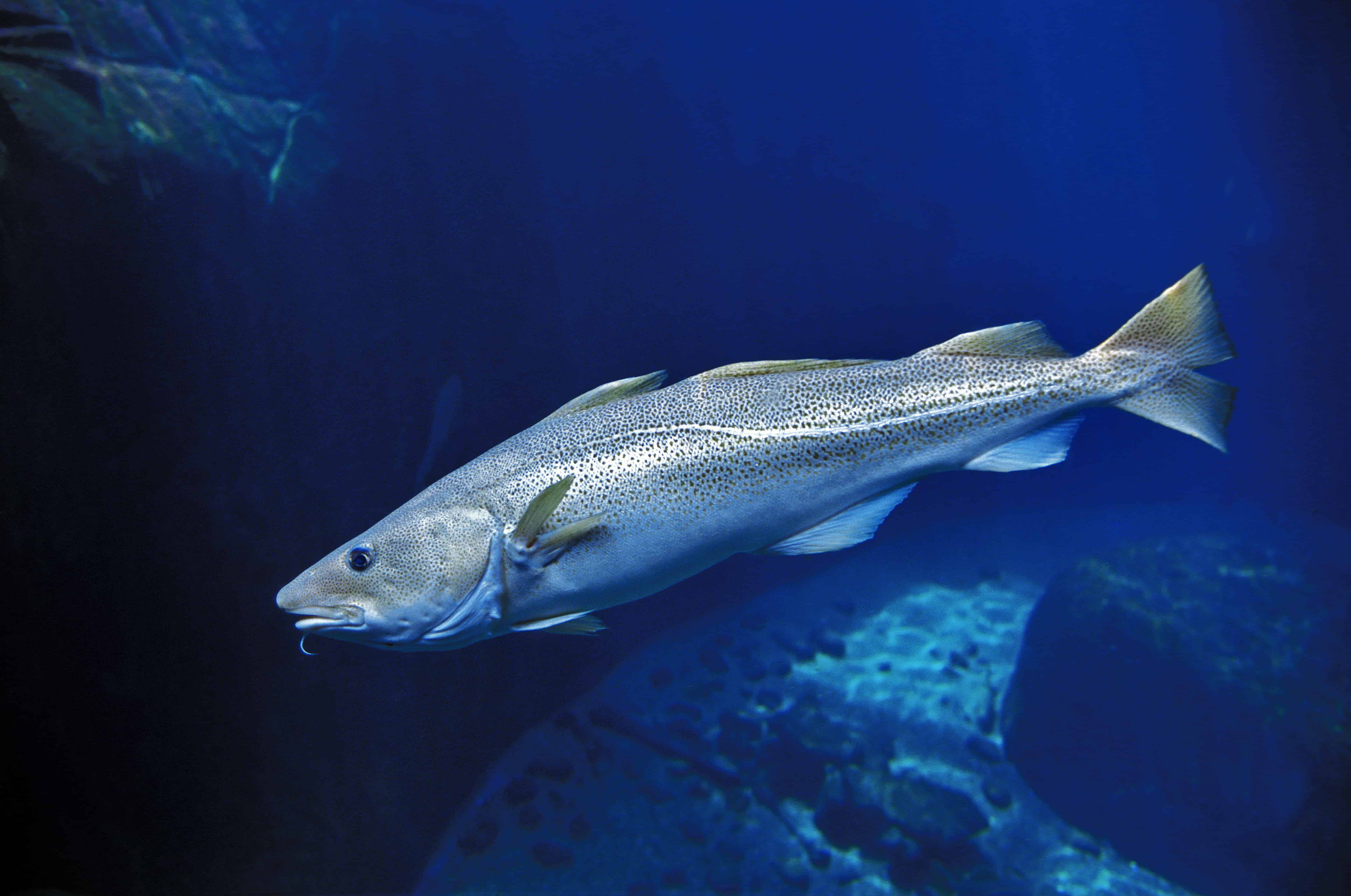
Atlantic Cod
One of the most popular food fishes in the world

Aurochs
Extinct ancestor of all domesticated cattle!

Avocet
Has a curved, upturned beak!
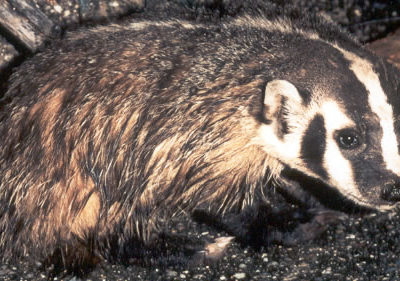
Badger
Can reach speeds of 30 km/h!

Barn Owl
Found everywhere around the world!

Barn Swallow
Older offspring help care for new hatchlings.

Bat
Detects prey using echolocation!
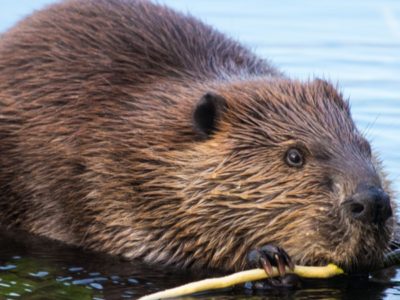
Beaver
Builds a dam from sticks and leaves!

Bed Bugs
Bed bugs feed for 4-12 minutes.

Bee
Rock paintings of bees date back 15,000 years

Beetle
There are more than 350,000 different species

Beewolf wasp
They hunt bees

Bird
Not all birds are able to fly!

Biscuit Beetle
The biscuit beetle form a symbiotic relationship with yeast

Black Widow Spider
They typically prey on insects!
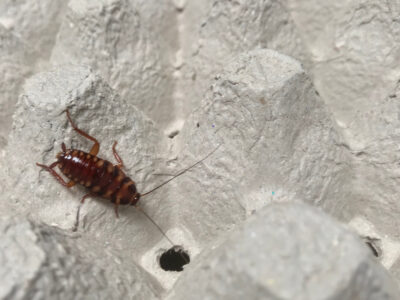
Brown-banded Cockroach
Females glue egg cases to furniture

Brown Bear
A dominant predator in it's environment!

Brown Dog Tick
Can live its entire life indoors

Bumblebee
The most common species of bee!

Butterfly
There are thought to be up 17,500 species!

Camel Cricket
The camel crickets that are found in the USA are light brown in color. They also have dark streaks all over their body.

Caribou
Males and females grow antlers

Carpenter Ant
Carpenter ants can lift up to seven times their own weight with their teeth!

Cat
May have been domesticated up to 10,000 years ago.

Caterpillar
The larvae of a moth or butterfly!

Catfish
There are nearly 3,000 different species!
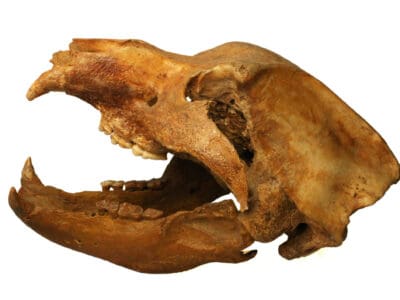
Cave Bear
Cave bears may have been worshiped by primitive humans.

Centipede
There are about 3,000 documented species!

Chamois
Natively found in the European mountains!

Chicken
First domesticated more than 10,000 years ago!

Cockroach
Dated to be around 300 million years old!

Codling Moth
Pupae are able to undergo diapause to survive poor fruit yield years and winter.

Common Buzzard
The most common raptor in the UK!

Common European Adder
European adders are the only snake that lives above the Arctic Circle.
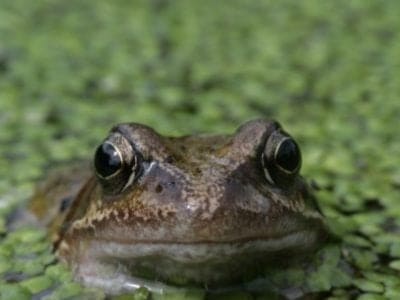
Common Frog
Found throughout the European continent!

Common Furniture Beetle
The common furniture beetle feeds exclusively on wood

Common House Spider
House spiders have the ability to eat most insects in a home.
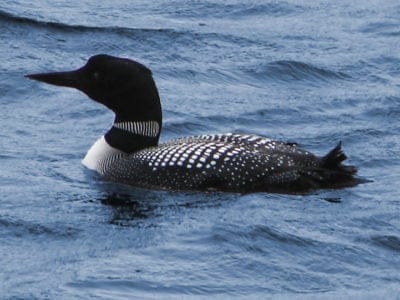
Common Loon
Also known as the Great Northern Diver

Common Raven
A group of ravens is called an unkindness or a conspiracy.

Common Toad
Most active in wet weather!

Cormorant
They can fly 35 mph and dive 150 feet below water.

Cow
There are nearly 1.5 billion worldwide!

Crab
There are 93 different crab groups

Crab Spider
Crab Spiders can mimic ants or bird droppings

Crane
Many are critically endangered species!

Cricket
Male crickets can produce sounds by rubbing their wings together

Crow
A group of these birds is called a Murder.

Deer
There are around 40 different species!

Dog
First domesticated in South-East Asia!

Dog Tick
Dog ticks feed on dogs and other mammals

Donkey
First domesticated 5,000 years ago!

Dragonfly
It's larvae are carnivorous!

Duck
Rows of tiny plates line their teeth!

Dung Beetle
The dung beetle can push objects many times its own weight

Dunker
A friendly and relaxed dog!

Eagle
Has exceptional eyesight!

Earthworm
They are hermaphrodites, which means they have male and female organs

Earwig
There are nearly 2,000 different species!

Edible Frog
Are known to guard the muddy banks!

Eel
Eels can be a mere few inches long to 13 feet!
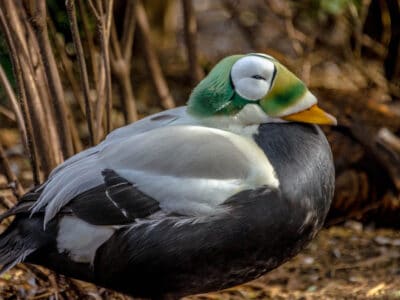
Eider
Eiders are sexually dimorphic, with males being larger and more colorful.

Ermine
A very bold and ferocious predator!
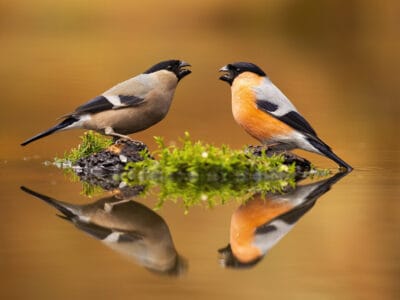
Eurasian Bullfinch
The shy eurasian bullfinch prefers to forage very close to cover.

Eurasian Eagle-owl
The Eurasian Eagle-owl is the second largest owl in the world with a wingspan up to six feet!
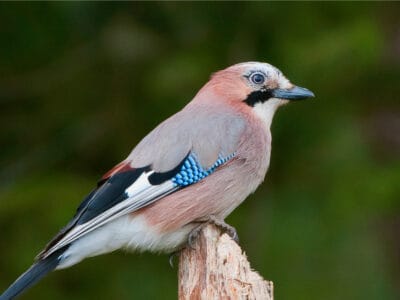
Eurasian Jay
The Eurasian jay has the ability to mimic other sounds
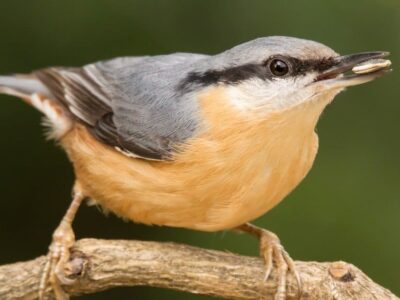
Eurasian Nuthatch
Its song has been compared to a toy horn.
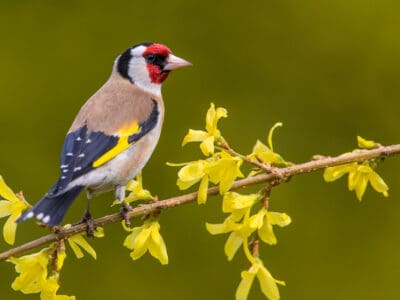
European Goldfinch
They are frequent visitors to backyard feeders, especially those containing niger seeds.

European Robin
Male robins are so aggressive and territorial that they will attack their own reflections.

Falcon
The fastest creatures on the planet!

Fallow deer
The fallow deer has more variation in its coat colors than most other deer.

False Widow Spider
False spiders actually prey on black widow spiders and other hazardous spiders
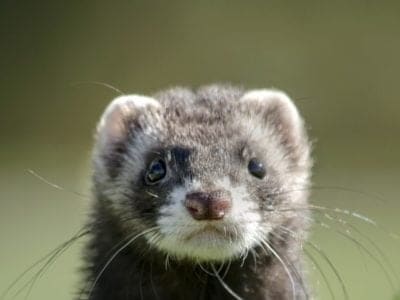
Ferret
Ferrets can be trained to do tricks like dogs!
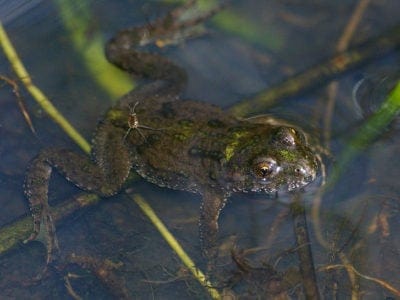
Fire-Bellied Toad
Found across mainland Europe and Asia!

Firefly
The firefly produces some of the most efficient light in the world

Flea
Adult fleas can jump up to 7 inches in the air

Fly
There are more than 240,000 different species!

Flying Squirrel
Can glide up to 90 meters!

Fox
Only 12 species are considered "true foxes"

Frog
There are around 7,000 different species!

Fruit Fly
Fruit flies are among the most common research animals in the world

German Cockroach
The most common type of urban roach

Glass Lizard
Can grow up to 4ft long!

Glowworm
Found inhabiting dense woodland and caves!

Gnat
Males form large mating swarms at dusk

Goat
Most closely related to the Sheep!

Goldcrest
The goldcrest never starts moving and needs to consume for most of the day to survive. Therefore, in the colder months, it's best that eat 90% a day.

Golden Eagle
Their calls sound like high-pitched screams, but they are quiet most of the time.

Golden Oriole
Migrates between Europe and Asia!

Goose
There are 29 different species!

Grasshopper
There are 11,000 known species!

Grey Heron
Male grey herons are picky about their mates. They'll reject a female that they don't fancy.

Gypsy Moth
One of the most invasive species in the world

Hamster
Able to run as quickly backwards as forwards!

Harbor Porpoise
Surprisingly, not a dolphin!

Hare
Can reach speeds of over 50 mph!

Hawk Moth Caterpillar
Many hawk moth caterpillars eat toxins from plants, but don’t sequester them the way milkweed butterflies do. Most toxins are excreted.

Hedgehog
Thought to be one of the oldest mammals on Earth!

Heron
Inhabits wetlands around the world!

Highland Cattle
Natively found in the Scottish Highlands!

Honey Bee
There are only 8 recognized species!
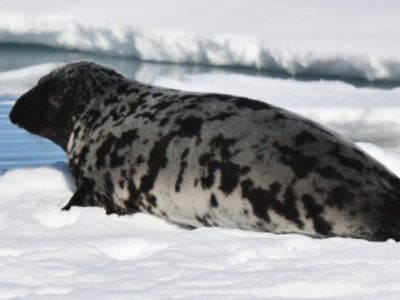
Hooded Seal
Hooded seal pups are called bluebacks because the color of the fur on their back is blue-gray. This pretty color made people want to make fur coats out of them and made them a target for hunters.

Hoopoe
Stunning bird with a stinky way to deter predators!

Horse
Has evolved over 50 million years!

Horsefly
Horseflies have been seen performing Immelmann turns, much like fighter jets.

Housefly
The fly has no teeth

Human
Thought to have orignated 200,000 years ago!

Huntsman Spider
Some huntsman spiders have an interesting way of moving around. Some cartwheel while others do handsprings or backflips.

Insects
There are an estimated 30 million species!

Jumping Spider
Some can jump 50 times the length of their bodies
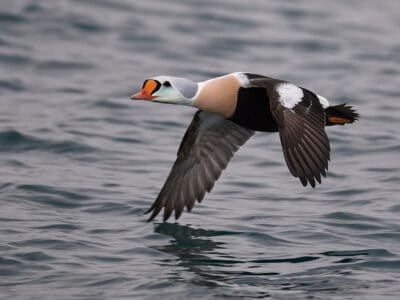
King Eider
The species name, spectabilis, is Latin for “showy” or “remarkable,” referencing the attractiveness of the adult male’s plumage.

Kingfisher
Inhabits wetlands and woodlands worldwide!

Ladybug
There are more than 5,000 species worldwide!

Leech
Has 10 pairs of eyes!

Lemming
Does not hibernate during the bitter Arctic winter!

Linnet
While linnets are monogamous during mating season, they do not mate for life. While breeding pairs are together, the males are highly territorial and will defend the nesting site and the surrounding area.

Lizard
There are around 5,000 different species!

Locust
Each locust can eat its weight in plants each day.

Long-Eared Owl
Ear tufts make it look bigger!
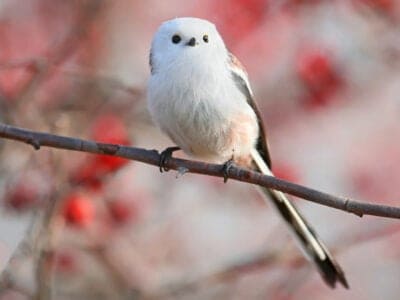
Long-Tailed Tit
Often hangs upside down while feeding!

Magpie
They are found across Europe, Asia and Africa!

Marsh Frog
Has bright green skin!

Mayfly
There are 2,500 known species worldwide!

Mealybug
They have a symbiotic relationship with ants.
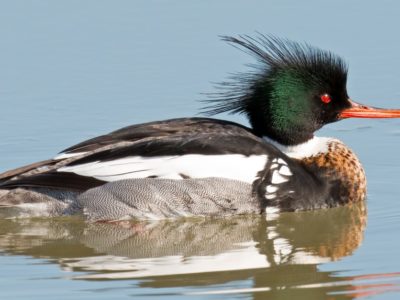
Merganser
They line their nests with their feathers

Millipede
Some species have a poisonous bite!

Mole
Primarily hunts and feeds on Earthworms!

Mongrel
Has characteristics of two or more breeds!

Moorhen
Feeds on aquatic insects and water-spiders!
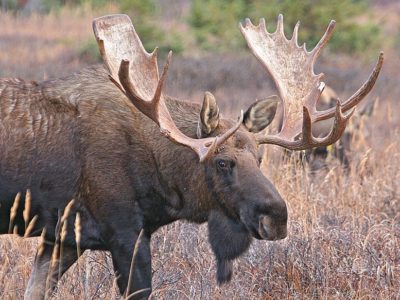
Moose
Renews it's enormous antlers every year!

Mosquito
Only the female mosquito actually sucks blood

Moth
There are 250,000 different species!

Mouse
Found on every continent on Earth!

Mule
The offspring of a horse and donkey parents!

Muskox
Muskox have several physical characteristics that allow them to survive in the Arctic climate.

Neanderthal
Roamed Asia and Europe for around 100,000 years!

Nematode
Nematodes range in size from 1/10 of an inch to 28 feet long

Newt
Able to regrow lost or damaged limbs!

Nightingale
Named more than 1,000 years ago!

No See Ums
There are more than 5,000 species.

Northern Pintail
Northern pintails migrate at night with speeds reaching 48 miles per hour!
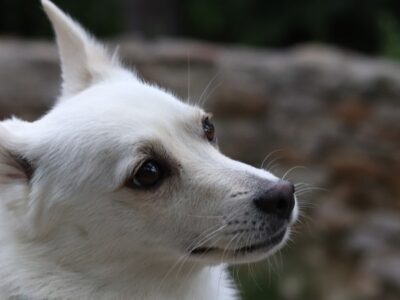
Norwegian Buhund
The Norwegian Buhund once worked on Norse homesteads
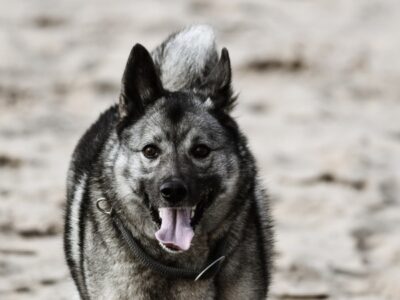
Norwegian Elkhound
This breed traveled with the Vikings!

Norwegian Forest
Has a long, thick double coat of fur!

Norwegian Lundehund
This breed is also called the Norsk Lundehund and the Norwegian Puffin Dog

Old House Borer
Depending on the habitat and climate, these beetles can live between 2 to 10 years, often staying in their larval stage for several years, making them extremely dangerous to wooden structures.

Orb Weaver
Females are about four times the size of males

Osprey
They reuse nesting sites for 70 years!

Otter
There are 13 different species worldwide

Owl
The owl can rotate its head some 270 degrees

Peregrine Falcon
Fastest animal on Earth

Pheasant
Females lay between 8 and 12 eggs per clutch!

Pig
Thought to have been domesticated in 9,000 BC!

Pigeon
They can find their way back to their nests from up to 1300 miles away.

Pika
Found in mountainous regions and rocky areas

Pine Marten
A pine marten can jump from tree to tree similar to a squirrel.
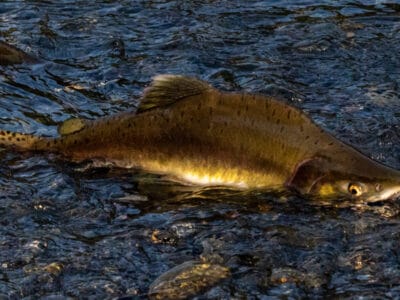
Pink Salmon
The smallest of the North American salmon
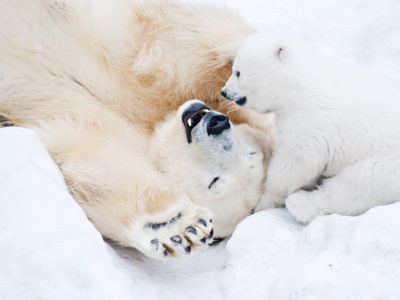
Polar Bear
Could be extinct within the next 30 years!

Pompano Fish
They are bottom-feeders

Pond Skater
There are 500 different species!
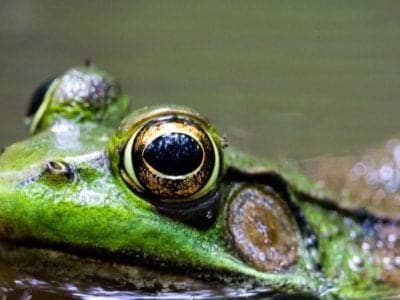
Pool Frog
The rarest amphibian in the UK!

Porcupine
There are 30 different species worldwide!
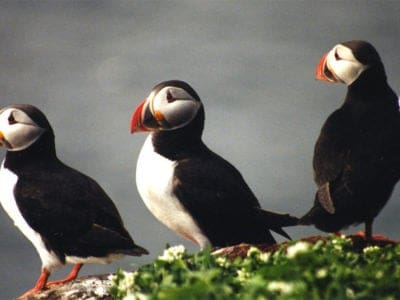
Puffin
Can remain in the water for up to 2 minutes!

Purple Emperor Butterfly
Inhabits deciduous forests!
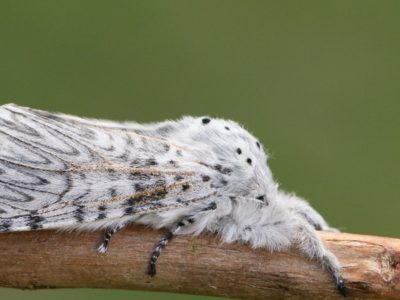
Puss Moth
Caterpillars squirt formic acid!

Quail
Inhabits woodland and forest areas worldwide!

Rabbit
There are more than 300 different species!
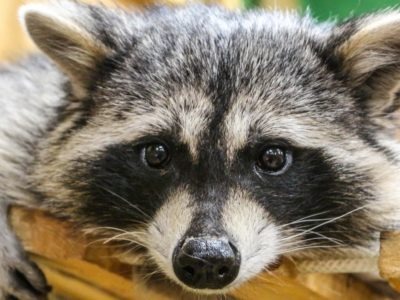
Raccoon
Known to wash their food before eating it!
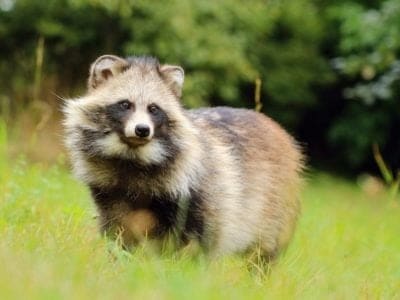
Raccoon Dog
The only hibernating canine!

Rat
Omnivores that eat anything!

Red Deer
A male red deer shows his age in his antlers, which become longer and more branched every year.
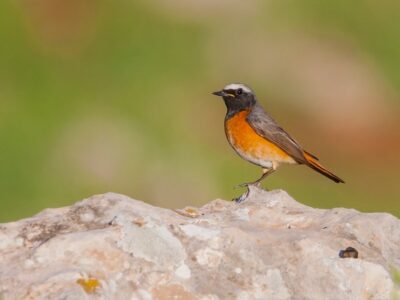
Redstart
They build their nests off the ground in tree holes, cavities, stone walls, and roofs

Reindeer
Also known as the Caribou

River Turtle
Inhabits freshwater habitats around the world!

Robin
There are more than 45 species in Australia alone!

Rodents
The capybara, the world’s largest rodent, likes to be in and around bodies of water. Because of this, the Catholic Church in South America decided that it was a fish, and people were allowed to eat it during Lent and First Fridays.

Rooster
Will mate with the entire flock!
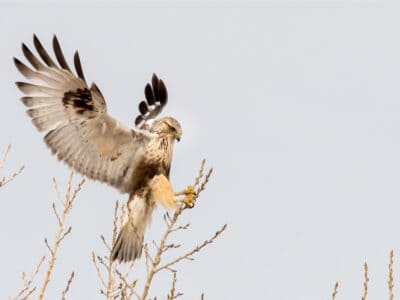
Rough-Legged Hawk (Rough-Legged Buzzard)
Its scientific name, lagopus, is Ancient Greek for “hare” and “foot,” referring to its feathered feet and toes.

Sable Ferret
Ferrets were used during the Revolutionary War to keep down the rat population.

Salamander
There are more than 700 different species!

Sand Crab
The sand crab burrows beneath the sand with its tail
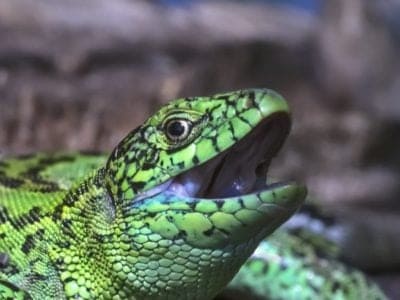
Sand Lizard
Males turn green in spring!

Scorpion
There are around 2,000 known species!

Sea Eagle
The sea eagle tends to mate for life with a single partner

Seahorse
Males give birth to up to 1,000 offspring!

Sheep
Around 35 million in the English countryside!

Short-Eared Owl
The short-eared owl is one of the most widespread owl species in the world, covering five continents.

Shrew
The spinal column of the shrew Scutisorex somereni is so strong and reinforced that it can support the weight of an adult human.

Shrimp
There are 2,000 different species worldwide!

Skink Lizard
Some skinks lay eggs in some habitats while giving birth to skinklets in other habitats.

Slow Worm
Found widely throughout British gardens!

Slug
They glide around on one foot, which is aided by the slime they produce

Smokybrown Cockroach
Has up to 45 eggs per egg case

Snail
There are nearly 1,000 different species!

Snake
There are around 4,000 known species worldwide

Snowy Owl
One of the largest owl species in the world!
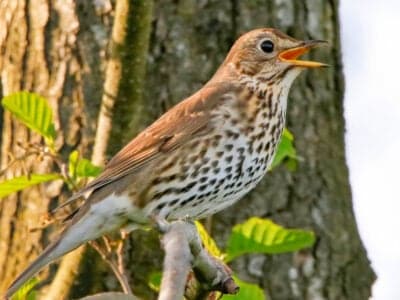
Song Thrush
A male song thrush can have over 100 phrases in his repertoire of songs and can imitate pet birds, telephones and other man-made objects.

Spadefoot Toad
They spend most of their time underground!

Sparrow
There are 140 different species!

Spider Wasp
They prey on spiders to feed their larvae or they parasitize other spider wasps.

Squirrel
Small rodents found in woodlands worldwide!

Stick Insect
There are more than 3,000 different species!

Stoat
Average adults weigh about 200 grams!

Stork
They can’t sing like other birds.

Swan
Populations have been affected by pollution!

Swedish Elkhound
Swedish Elkhounds existed in prehistoric times!
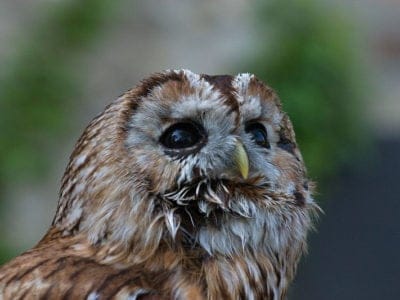
Tawny Owl
The most widespread owl in Europe!

Termite
Their mounds can be up to 9 meters tall!
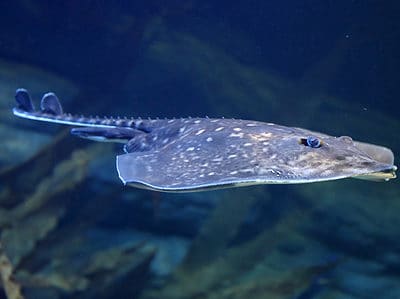
Thornback Ray
The skate with the biggest spines!

Thrush
The American robin is called the robin because its red breast reminded European settlers of the robin back in the old country.

Tick
They inject hosts with a chemical that stops them from feeling the pain of the bite

Tiger Beetle
The adult tiger beetle is one of the fastest land insects in the world
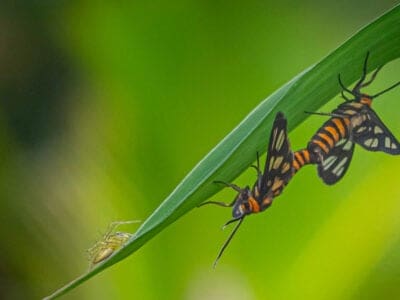
Tiger Moth
The bright colors of this moth are a signal to predators that it has a terrible taste.

Tortoise
Can live until they are more than 150 years old!

Tree Frog
Found in warmer jungles and forests!

Turtles
Some species of aquatic turtles can get up to 70 percent of their oxygen through their butt.

Viper
Vipers are one of the most widespread groups of snakes and inhabit most

Vulture
There are 30 different species worldwide!

Wasp
There are around 75,000 recognised species!

Water Buffalo
Has been domesticated for thousands of years!
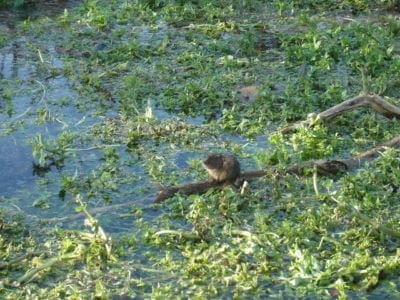
Water Vole
The largest Vole species in the UK!

Weasel
The smallest carnivorous mammal in the world!

Whinchat
The whinchat can imitate the songs of at least a dozen other tpes of birds!

White Ferret / Albino Ferrets
There are two different types of white ferrets!
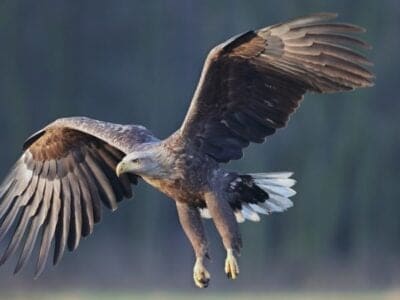
White-Tailed Eagle
It is one of the biggest birds of prey.
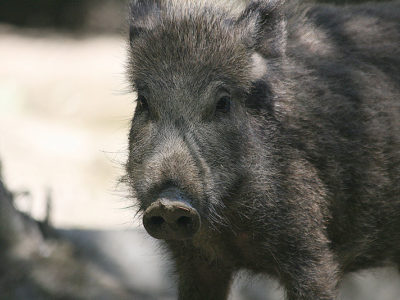
Wild Boar
Males have a top tusk to sharpen the bottom one!

Wolf
Thought to date back more than 300,000 years!

Wolf Spider
Carnivorous arachnid that hunts its prey.
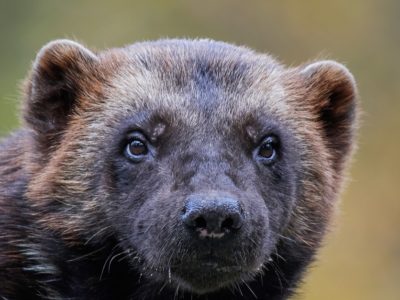
Wolverine
Releases a strong smelling musk in defence!

Woodlouse
This animal can roll up into a ball

Woodlouse Spider
Unlike most spiders, woodlouse spiders don’t build a web.

Woodpecker
There are 200 different species!
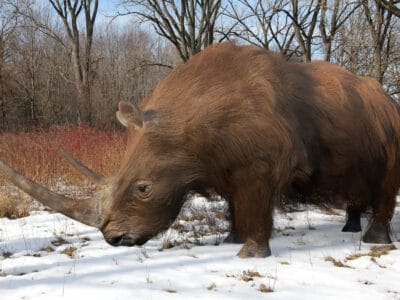
Woolly Rhinoceros
The woolly rhinoceros roamed the earth between three and a half million and 14,000 years ago.

Worm
Doesn’t have eyes.

Wryneck
They feign death by making their bodies limp and closing their eyes.
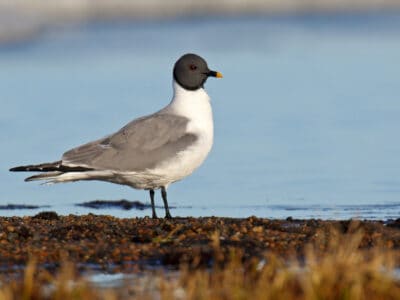
Xeme (Sabine’s Gull)
They follow after seals and whales to eat their scraps.

Yellowhammer
It interbreeds with the pine bunting
Norwegian Animals List
- Admiral Butterfly
- Angelshark
- Ant
- Arctic Char
- Arctic Fox
- Armyworm
- Asian Lady Beetle
- Atlantic Cod
- Aurochs
- Avocet
- Badger
- Barn Owl
- Barn Swallow
- Bat
- Beaver
- Bed Bugs
- Bee
- Beetle
- Beewolf wasp
- Bird
- Biscuit Beetle
- Black Widow Spider
- Brown-banded Cockroach
- Brown Bear
- Brown Dog Tick
- Bumblebee
- Butterfly
- Camel Cricket
- Caribou
- Carpenter Ant
- Cat
- Caterpillar
- Catfish
- Cave Bear
- Centipede
- Chamois
- Chicken
- Cockroach
- Codling Moth
- Common Buzzard
- Common European Adder
- Common Frog
- Common Furniture Beetle
- Common House Spider
- Common Loon
- Common Raven
- Common Toad
- Cormorant
- Cow
- Crab
- Crab Spider
- Crane
- Cricket
- Crow
- Cuckoo
- Deer
- Dog
- Dog Tick
- Donkey
- Dormouse
- Dragonfly
- Duck
- Dung Beetle
- Dunker
- Eagle
- Earthworm
- Earwig
- Edible Frog
- Eel
- Eider
- Ermine
- Eurasian Bullfinch
- Eurasian Eagle-owl
- Eurasian Jay
- Eurasian Nuthatch
- European Goldfinch
- European Robin
- Falcon
- Fallow deer
- False Widow Spider
- Ferret
- Fire-Bellied Toad
- Firefly
- Flea
- Fly
- Flying Squirrel
- Fox
- Frog
- Fruit Fly
- German Cockroach
- Glass Lizard
- Glowworm
- Gnat
- Goat
- Goldcrest
- Golden Eagle
- Golden Oriole
- Goose
- Grasshopper
- Grey Heron
- Gypsy Moth
- Hamster
- Harbor Porpoise
- Hare
- Hawk Moth Caterpillar
- Hedgehog
- Heron
- Highland Cattle
- Honey Bee
- Hooded Seal
- Hoopoe
- Horse
- Horsefly
- Housefly
- Human
- Huntsman Spider
- Insects
- Jumping Spider
- King Eider
- Kingfisher
- Ladybug
- Leech
- Lemming
- Linnet
- Lizard
- Locust
- Long-Eared Owl
- Long-Tailed Tit
- Magpie
- Marsh Frog
- Mayfly
- Mealybug
- Merganser
- Millipede
- Mole
- Mongrel
- Moorhen
- Moose
- Mosquito
- Moth
- Mouse
- Mule
- Muskox
- Neanderthal
- Nematode
- Newt
- Nightingale
- No See Ums
- Northern Pintail
- Norwegian Buhund
- Norwegian Elkhound
- Norwegian Forest
- Norwegian Lundehund
- Old House Borer
- Orb Weaver
- Osprey
- Otter
- Owl
- Pantaloon Bee
- Peregrine Falcon
- Pheasant
- Pig
- Pigeon
- Pika
- Pike Fish
- Pine Marten
- Pink Salmon
- Polar Bear
- Pompano Fish
- Pond Skater
- Pool Frog
- Porcupine
- Puffin
- Purple Emperor Butterfly
- Puss Moth
- Quail
- Rabbit
- Raccoon
- Raccoon Dog
- Rat
- Red Deer
- Redstart
- Reindeer
- River Turtle
- Robin
- Rodents
- Rooster
- Rough-Legged Hawk (Rough-Legged Buzzard)
- Sable Ferret
- Salamander
- Sand Crab
- Sand Lizard
- Scorpion
- Sea Eagle
- Seahorse
- Sheep
- Short-Eared Owl
- Shrew
- Shrimp
- Skink Lizard
- Slow Worm
- Slug
- Smokybrown Cockroach
- Snail
- Snake
- Snowy Owl
- Song Thrush
- Spadefoot Toad
- Sparrow
- Spider Wasp
- Squirrel
- Stick Insect
- Stoat
- Stork
- Swallowtail Butterfly
- Swan
- Swedish Elkhound
- Tawny Owl
- Termite
- Thornback Ray
- Thrush
- Tick
- Tiger Beetle
- Tiger Moth
- Tortoise
- Tree Frog
- Turtles
- Viper
- Vulture
- Wasp
- Water Buffalo
- Water Vole
- Weasel
- Whinchat
- White Ferret / Albino Ferrets
- White-Tailed Eagle
- Wild Boar
- Wolf
- Wolf Spider
- Wolverine
- Woodlouse
- Woodlouse Spider
- Woodpecker
- Woolly Rhinoceros
- Worm
- Wryneck
- Xeme (Sabine’s Gull)
- Yellowhammer






